This series of classes will be an in-depth text-study of Likkutei Moharan by Nahman of Bratslav, one of the most audacious and innovative Hasidic masters. We will study a variety of his homilies paying attention to structure, interpretive method, and theory of the self. We will spend the first two sessions unpacking Likkutei Moharan homily 1:19.
Likkutei Moharan 1:19 is a homily that was delivered on the night of the Jewish festival of Shavuot (Pentecost), a festival celebrating the giving of the Torah to Israel as described in Exodus 19–21. The custom among traditional Jews is to remain awake until dawn studying Torah (the talmudic sages suggest the actual revelation took place at midnight) to commemorate this pivotal event in the history of the Israelite and later Jewish people. Although it was never mentioned explicitly, the sui generis zaddik’s ostensible superiority to Moses served as the foundation of Nahman’s entire homily. It was built into his analysis of the zaddik as one whose very speech is the re-experience of creation. In a way, Nahman is claiming that the true zaddik (himself) supersedes Moses, the law giver and vehicle of revelation, and serves as the one who creates through language, arguably exceeding even Adam in Genesis. We will spend the first two sessions unpacking this homily.
Note: Participants are encouraged to attend both Part 1 and Part 2.
Shaul Magid teaches Modern Judaism at Harvard Divinity School where he is also a senior research fellow at the Center for the Study of World Religions. He is the author of many books and essays on Jewish thought. His most recent book is The Necessity of Exile: Essays from a Distance (2023). He just completed a two-volume forthcoming work, The Political Theology of Yoel Teitelbaum of Satmar: Zionism as Anti-Messianism. He is a member of The American Academy of Jewish Research and the American Society for the Study of Religion. He is also the rabbi of the Fire Island Synagogue.

